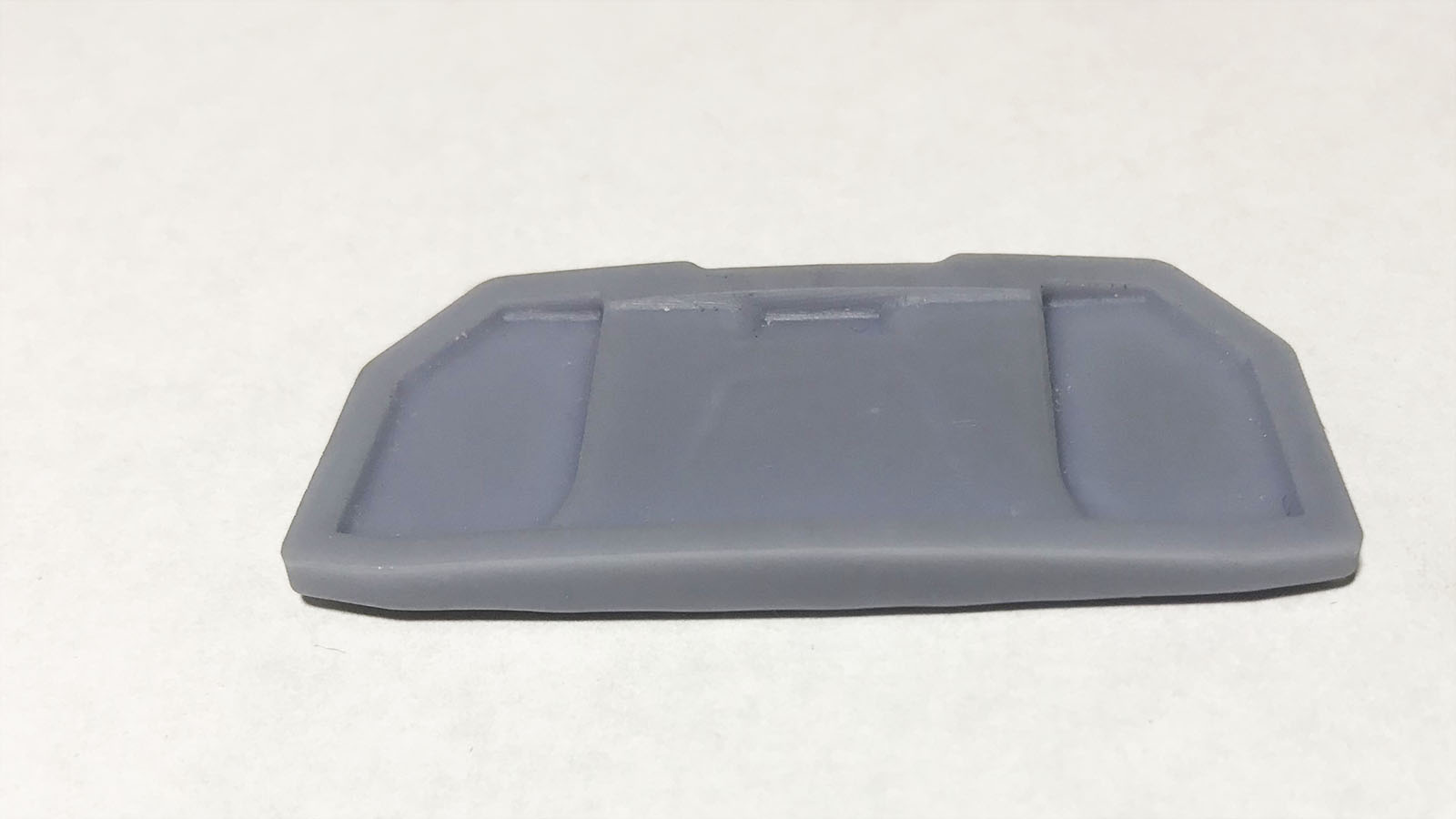3D printing has made a big impact on the manufacturing industry in the last several years. From creating new ways to produce prototypes to giving new options for part production, there is a lot you can do with 3d printing technology these days. We’ve put together a list of the most common types of 3D printing technologies for creating polymer parts. Below you’ll see a brief description, material options, and some advantages/disadvantages of each.
Fused Deposition Modeling (FDM)
During the FDM printing process, a plastic filament is fed into a heated nozzle where it melts and gets deposited onto a platform. The printer creates one full horizontal layer at a time by following a pre-programed path generated by the operator.
- Process: Material Extrusion
- Materials: Thermoplastic Filament (PLA, ABS, PET, Nylon, TPU)
- Advantages: FDM is an inexpensive and simple form of 3D printing.
- Disadvantages: Compared to other 3D printing technologies, the quality is lower and the process can be slower. The plastic can be brittle and are not recommended for mechanical parts .
Stereolithography (SLA)
SLA printers have a vat of liquid resin that is cured by laser light. Like FDM printing, an object is created layer by layer; however, instead of a printing head, a rapidly moving laser cures the resin.
- Process: VAT Polymerization
- Materials: Photopolymer resin
- Advantages: Because of the nature of the laser system, small details and fine finishes are possible.
- Disadvantages: Parts can be brittle.
Polyjet
Polyjet printers use multiple print heads to layer build various materials on a build platform. A light mounted on the print head is used to cure each layer. The process works much like a typical inkjet printer.
- Process: Material Jetting
- Materials: UV variable polymer. Flexible and rigid material options, as well as several colors and opacities are available.
- Advantages: High resolution, wide range of material properties, and multi-materials on one part are possible.
- Disadvantages: More expensive than other 3D printing options (though it offers more options). If a single rigid material is required, SLS (see below) may be a better option.
Digital Light Processing (DLP)
DLP uses the same methodology as SLA, but does so with a light projector rather than laser. The light projector enables an entire layer to be cured at once.
- Process: VAT Polymerization
- Materials: Photopolymer resin
- Advantages: Faster process, suitable for small production runs
- Disadvantages: Not as accurate as SLA
Selective Laser Sintering (SLS)
SLS uses a laser to solidify thermoplastic power. The build platform is moved one layer at a time as the laser continuously builds each layer.
- Process: Polymer Powder Bed Fusion
- Materials: Thermoplastic Powder (Nylon based)
- Advantages: Great mechanical properties with complex design options
- Disadvantages: Higher cost and slower process


